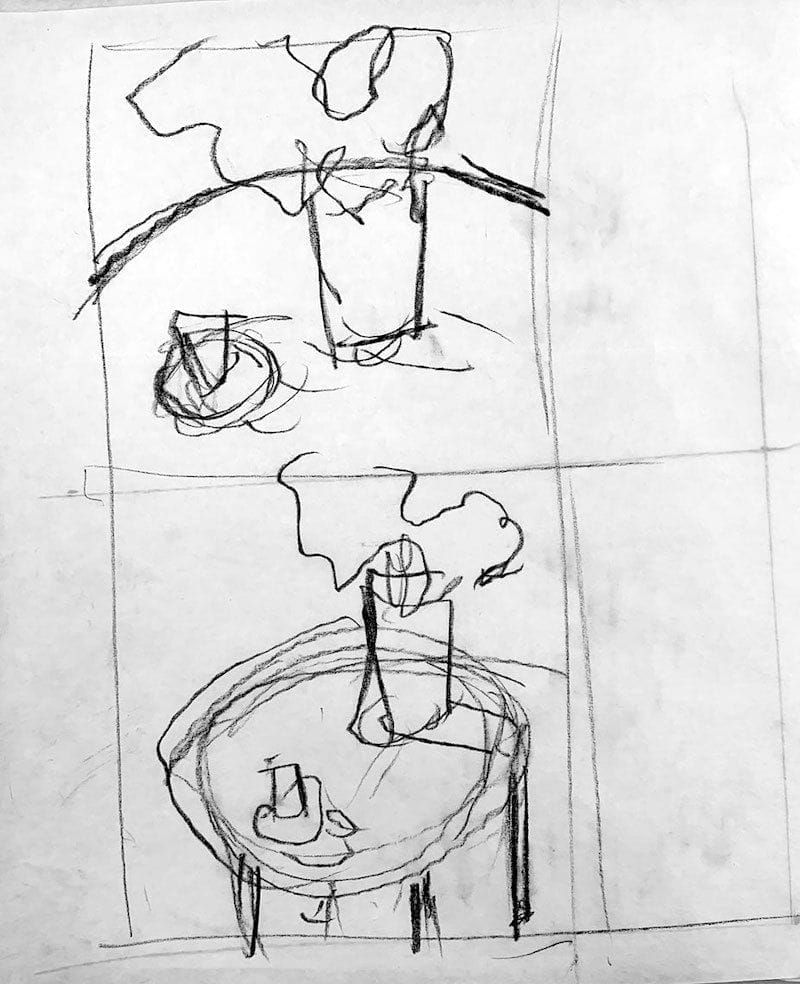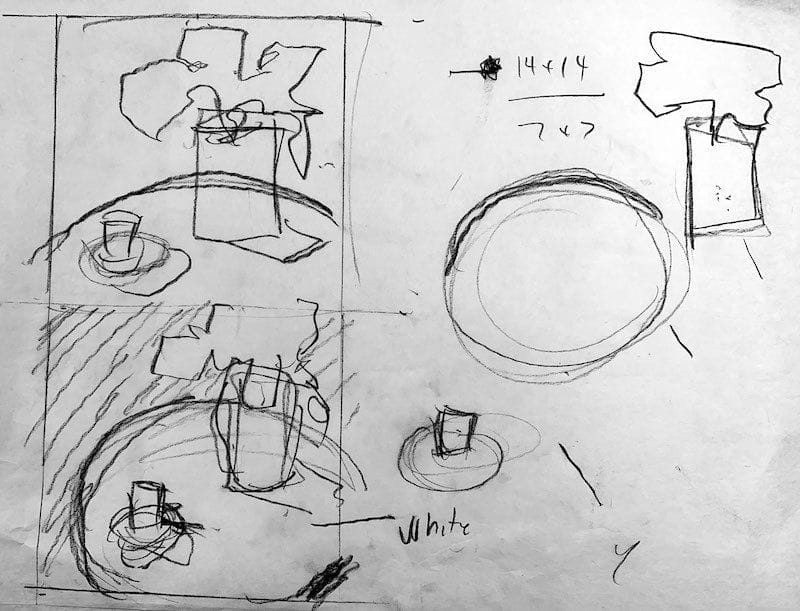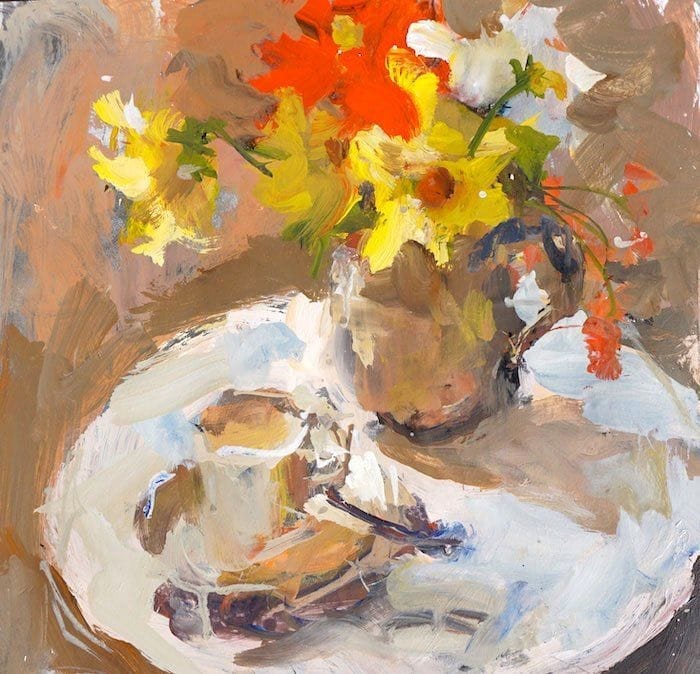Paint Still Life with Flowers using Acrylics
This is a how-to guide for painting a still life with flowers in acrylics — but with a twist. No music in the studio, just the rhythm of the brush. Loose, expressive, and very much garage-artist style.

Before I get into my story, let's just say this is a how to guide for painting an acrylic still life with flowers. There, now that the SEO gods are happy I'll share some studio nuggets that won't really help your art, but you may find it entertaining.
When I’m in the studio, I don’t play music. Truthfully, I don’t even like music when I’m driving — it just feels distracting. Plus, there's something rhythmical and satisfying about the sound of a loaded brush hitting canvas or paper.
To me, that is music. Every stroke has a beat. Every mark sets the rhythm. Honestly, the sound of painting flowers beats Led Zeppelin blaring through a garage with bad echo. That’s the vibe I want to share in this lesson. We’re going to paint a still life with flowers using acrylics — loose, expressive, and very much garage-artist style.



Learn & Improve Your Acrylic Skills
- Acrylic Hub– Your go-to guide for tutorials, tips, and resources.
- Subscribe for More Great Content - Get tutorials, tips, and updates straight to your inbox.
- Follow Me on Pinterest - Daily inspiration, tips, and fresh ideas.
Recommended Acrylic Painting Materials
-
Princeton Catalyst Brushes – Flats (#6, #12), Rounds (#4, #8), Fan (#4), Liner Brush
Durable synthetic bristles for versatile acrylic techniques -
Liquitex Heavy Body Acrylic Paint – Essential Colors
Cadmium Yellow, Yellow Ochre, Alizarin Crimson, Cadmium Red Light, Ultramarine Blue, Cobalt Blue, Burnt Sienna, Titanium White -
Winsor & Newton Cotton Canvas
Reliable stretched canvas for studio and plein air work -
Strathmore 400 Series Mixed Media Paper
Heavyweight, acid-free paper for acrylic and mixed media -
Fabriano Artistico 140lb Cold Press Paper
Excellent for acrylic, mixed media, and textured effects -
Blick Multi-Colored Painting Knife Set
Variety of shapes for texture, scraping, and bold strokes - Miscellaneous: Two pint-sized water containers, paper towels (from Home Depot or Walmart)
- Note: I use canvas or sturdy cardboard as my palette — no store-bought palettes needed.




